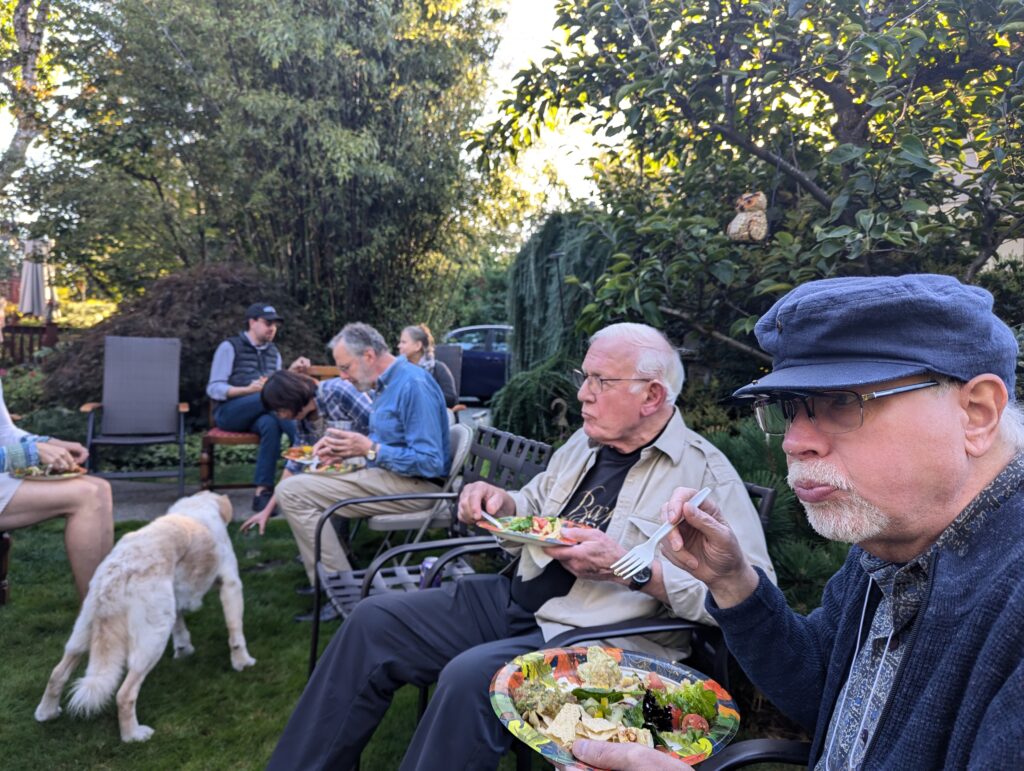
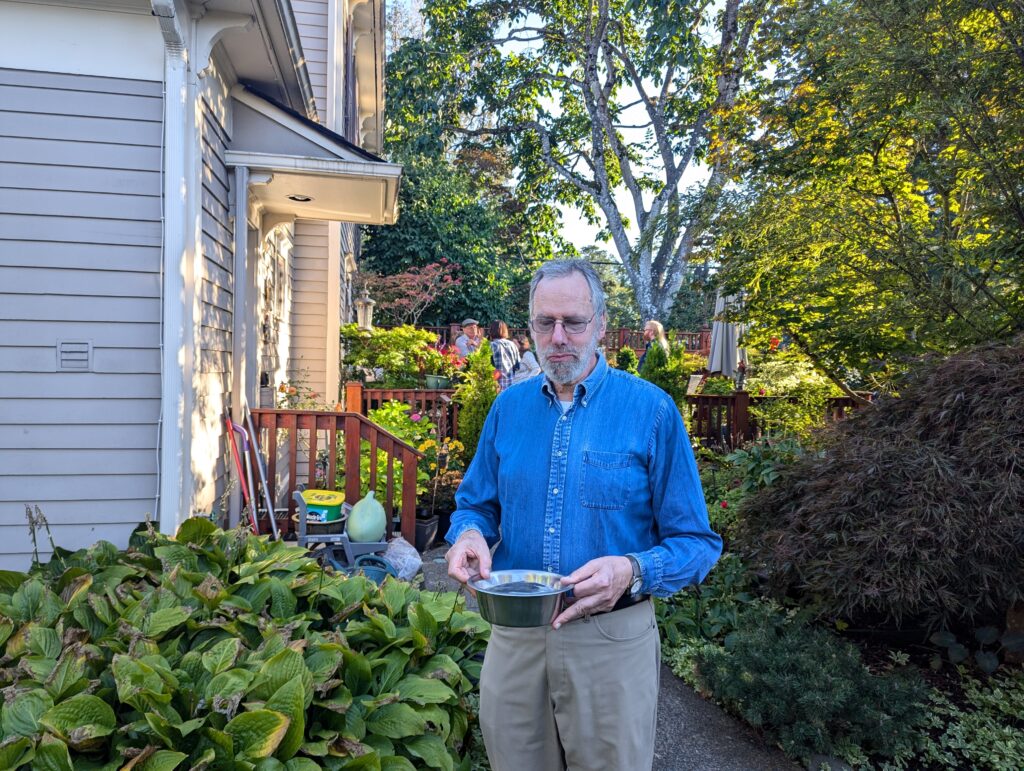
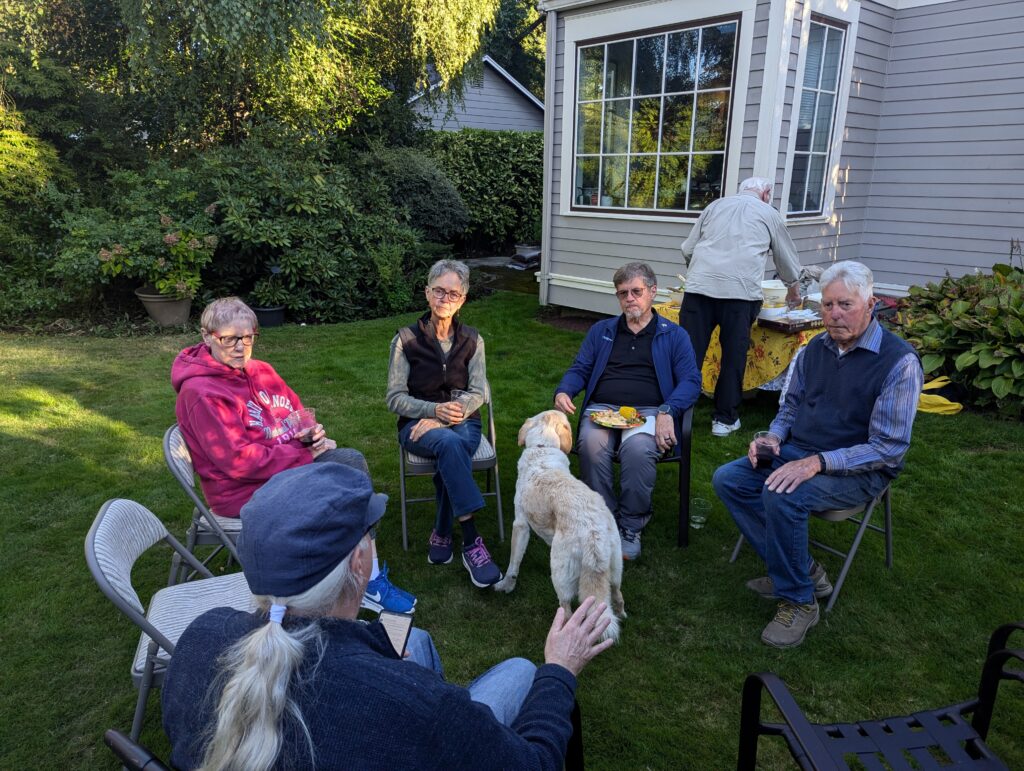
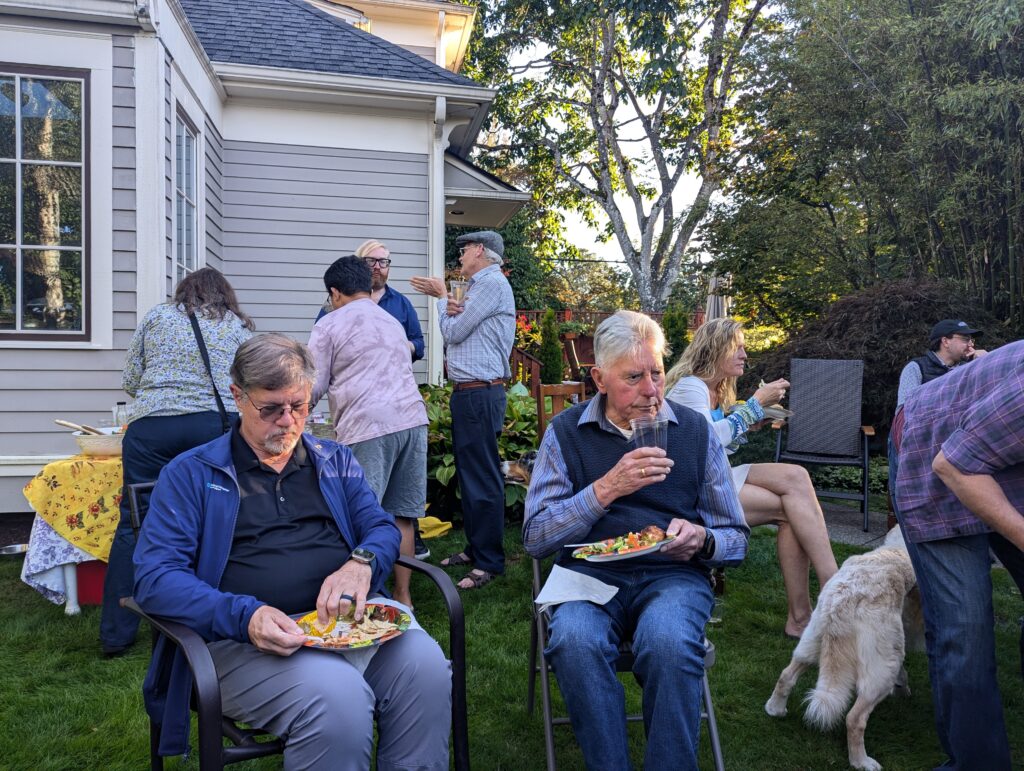
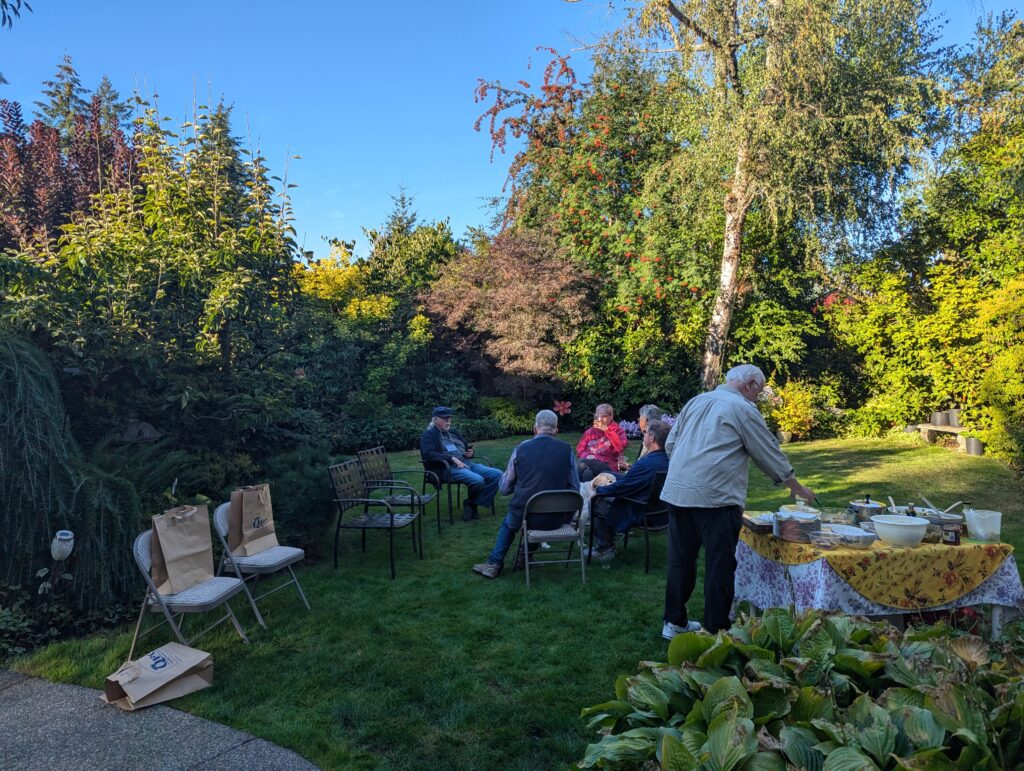
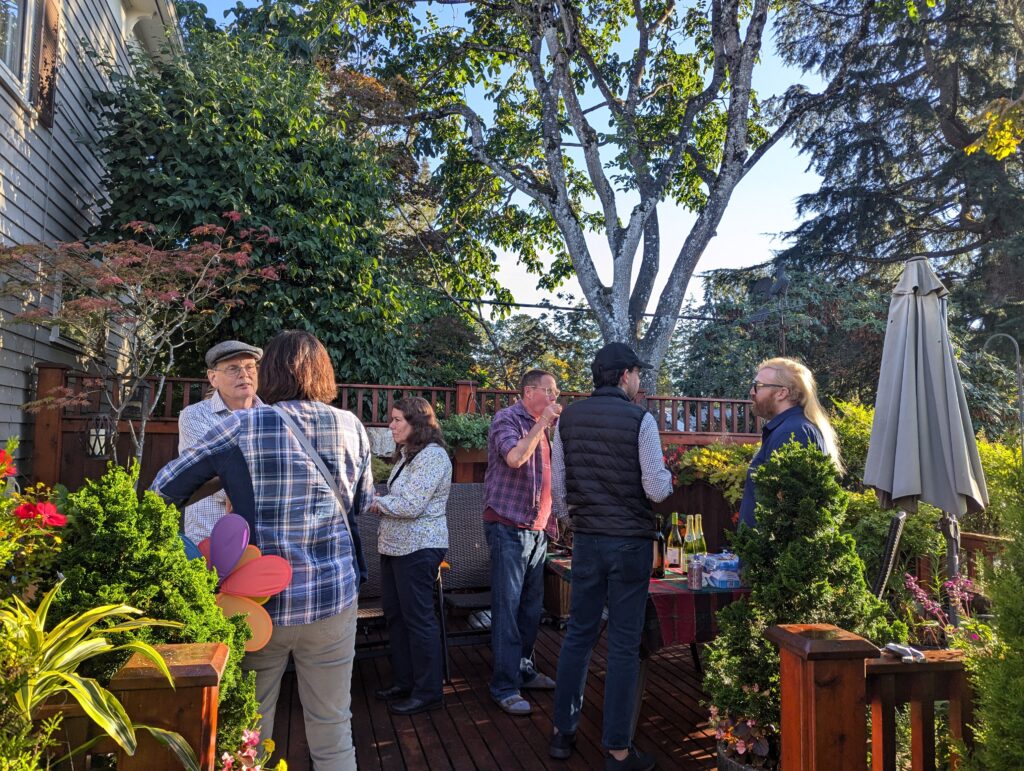
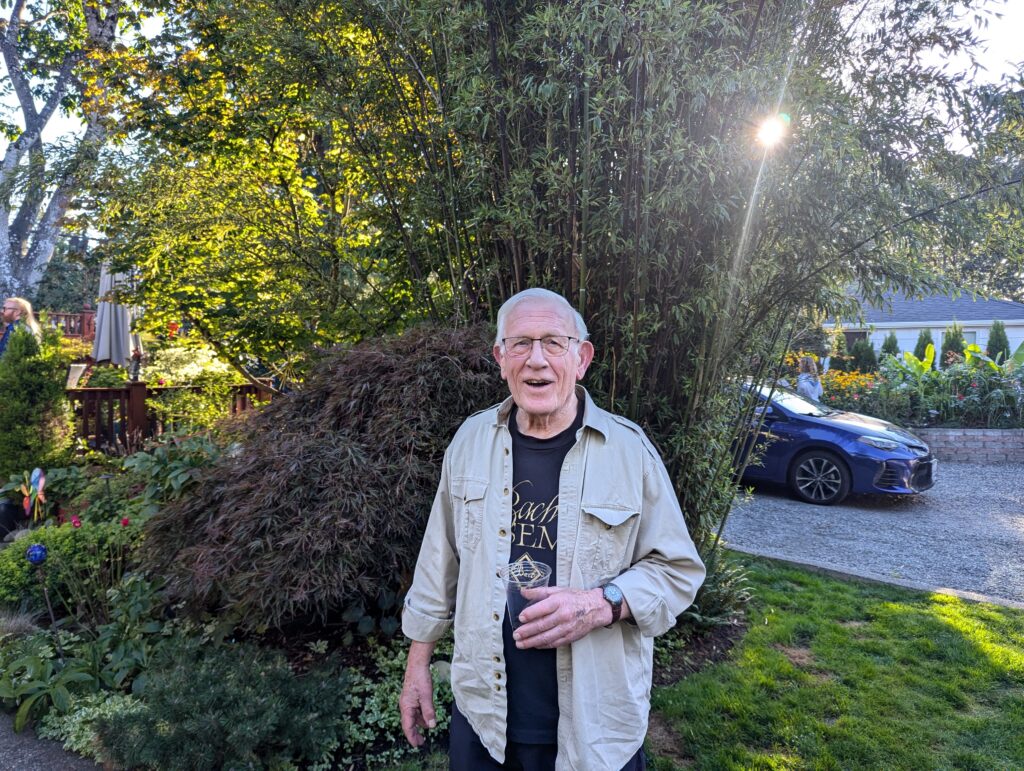
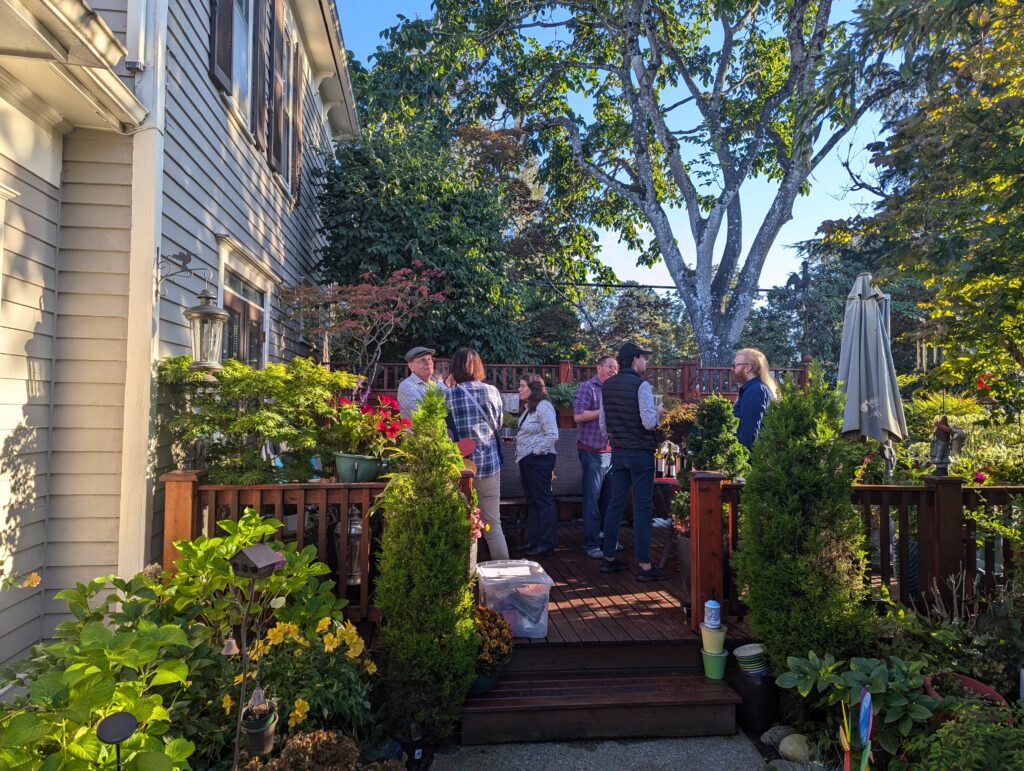
by Michael Plagerman, Director of Sacred Music
When Arnold Constable designed the Church of the Blessed Sacrament and oversaw the laying of its cornerstone in1910 his vision included, in addition to lavish plasterwork and marble, a large organ in the chancel. The large chamber, currently used for storage, is evidence of his and the parish’s vision for music in our space. By the time of the building’s dedication in 1925, however, the church’s financial situation did not permit the finishing of the interior of the building, and much less so the commissioning and installation of a large organ.
While the exposed brick and infrastructure within the church has become a much beloved quirk of this still grand Collegiate Gothic building, its lack of a suitable organ has not. Originally, Masses were accompanied from the gallery by a Wurlitzer reed organ. It was not until the 1960’s when the choir of the church – then under the direction of Rodney Eichenberger from the UW – raised funds from among their own membership and purchased a four-stop organ by Vermeulen through Balcom and Vaughan.
That organ served the church from the Gallery most admirably until the arrival of an organ purchased from St. Dominic’s Church in San Francisco. While a fine sounding organ, it had been rebuilt several times in its history, having started its existence at the hands of Henry Erben. By the time of my arrival in 2022 the organ was in very poor condition. It experienced regular problems with the action and it appeared that much of the original Erben pipework had been replaced throughout time. The very rapid purchase and installation timeline of the Manz organ meant that the choir needed to relocate to the space then occupied by the St. Dominic organ. The organ was made available to any church or private individual in the area who might have wanted it, but the necessary timeline for its removal made acquisition impractical. Ultimately, it was decided, both because of its condition and relative lack of substantial historical value, that the historic pipework in the instrument would be given to Rose City Organs, who had expressed interest in it, and the remainder of the organ would be demolished. Following the completion of the Manz Organ, the Vermeulen – which has been purchased privately by Kyle Canaday – will be moved to St. George Church in south Seattle, where it will be used for teaching and practice.
Bigelow Op. 31, the “Ruth and Paul Manz Organ” arrived at Blessed Sacrament on June 26, 2023 and was stored in a temporary enclosure in the north transept of the building until work in the loft could be completed. The primary retrofit that was required was a large steel framework to distribute all of the organ’s 18,000 lbs into two large arches that support the gallery. Additionally, it was decided that the wide concrete steps that comprised the gallery floor were impractical due to their slightly-too-narrow depth. So, the floor was made entirely level eight inches above the rearmost step. The new gallery floor is roughly 26 feet above the floor of the church. Underneath this new floor was laid conduit and air duct that will support the installation of a new trumpet en chamade, which has been commissioned from Bigelow and will arrive sometime in 2025. That stop, positioned on an offset chest on a small shelf built in front of the gallery railing, will be available on both manuals and pedal of the organ. It will be essentially a copy of the Great Trumpet, achieving its power by both its orientation and proximity to the congregation. By choosing a more modest scale and wind pressure, it is our hope that it will be able to serve as an agreeable solo reed for somewhat regular use, as well as the final large reed on top of a chorus that did not previously have such a stop. A 32’ Resultant knob will also be available, created from the already electrically actuated 16’ Bourdon. Bigelow has decided that the move and tonal changes merit a redesignation of this organ from Opus 31 to Opus 45.
As a part of the purchase agreement, the church has agreed to maintain the Manz Organ Recital Series, which will be changed from a monthly noontime recital, to an annual series of four evening concerts featuring artists from around the world. Additionally, the organ is available for teaching, practice, and demonstration to the community. Blessed Sacrament is pleased to have this fantastic organ join its instrumentarium and looks forward to welcoming members of the Seattle and Tacoma organ communities for both the dedication and future programs.
The following announcement is reprinted from the Seattle AGO chapter.
SummerjobsThe Tacoma Bach Festival presents its 2024 Festival from July 26th to 28th. This year’s opening concert, Bach Clavier-Ubüng III features AGO member Wyatt Smith at Kilworth Memorial Chapel on July 26th in a personally curated program from Bach’s magnum opus performed on the Fritts organ and the Wech portative. Trío Guadalevín comes to town on July 27th with a program titled Echoes of Diaspora at Christ Episcopal Church that explores the intersection of Indigenous, African, and European music that define Latin American musical identity. July 28th marks the festival finale, Bach and the Natural World, at Kilworth Memorial Chapel featuring the TBF Orchestra and Chorus in a program that features Bach’s Cantata 187, Esmail’s Even After All This Time, and Berko’s Sacred Place. All concerts are at 7:30 pm.
Tickets are available online or at the door.
For more information visit the festival website.
—
Steven Zopfi I Artistic Director
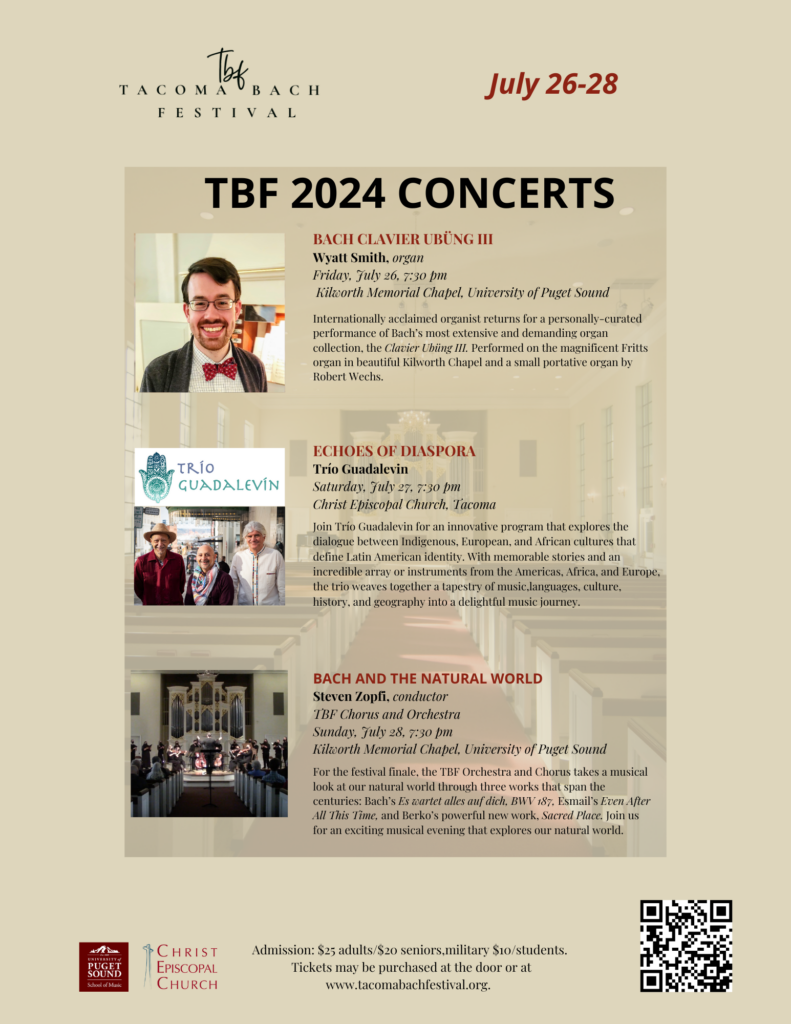
Dennis Northway has provided the following details concerning the June 1 2024 organ crawl with the Olympia Chapter.
Click on the PDF to enable scroll arrows at the bottom in order to view all of the pages.
Olympia-AGO-2024-Organ-Crawl-DETAILS